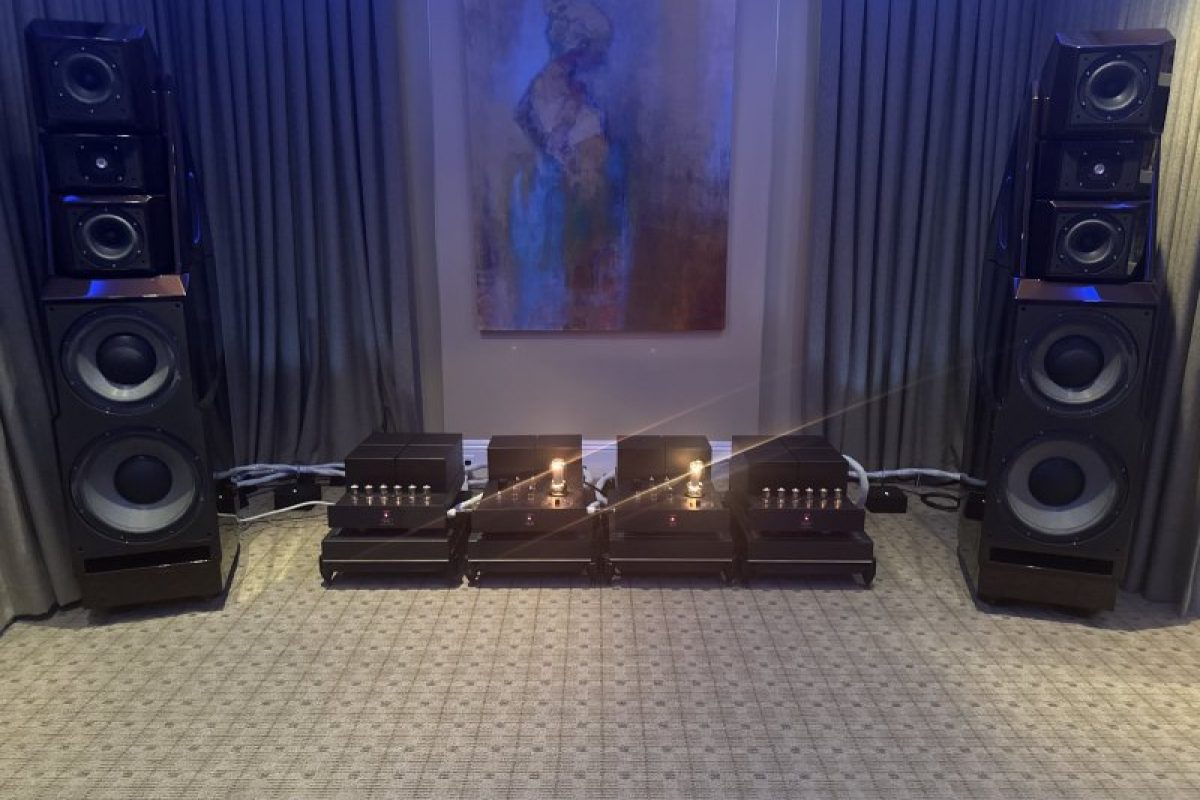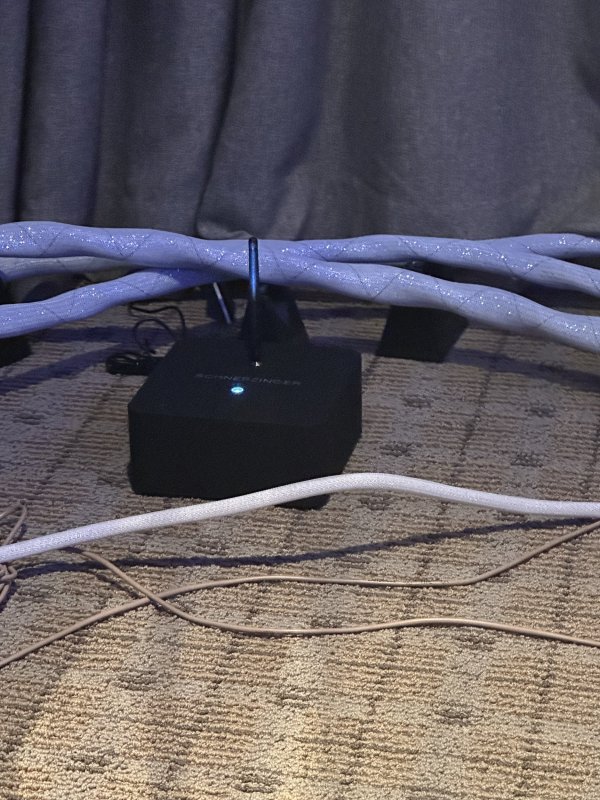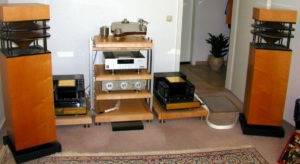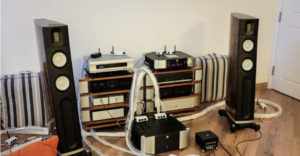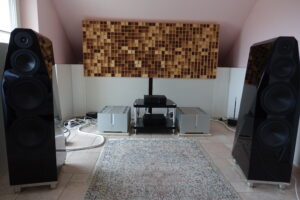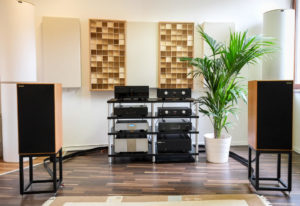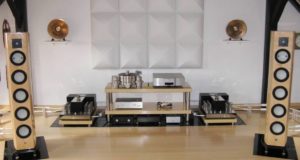A Post in What’s Best Forum by Steve Williams (Site Founder, Site Owner)
Just when you feel you've been blown away, along comes the EMI Protector to blow me even more. How could this be possible.? Am I drinking the Kool Aid? I think not !
I received the EMI Protector yesterday and TBH it looks just like the Grid Protector although it felt heavier. It comes with the standard size antenna and one that is big enough for a room that must be the size of a foot ball field.Just like the Grid Protector, set up and installation is under 5 minutes. Unlike the Grid Protector that uses a dedicated AC cable and a wall wart the EMI Protector only uses a wall wart. Both devices have 3 rear switches each having 0 ( off) and 1 and 2 for degrees of greatness.
I’m by all admission an audio hog who wants it all so just like the Grid Protector where I had all three in the 1 position for 10 minutes before I quickly and permanently switched all 3 to position two. Hence my report is based on both devices in position 2 for maximum effect. There really is no burn in time even though I let it run for 2 days before posting this
What I’m prepared to say is that the EMI Protector in combination with the grid protector made a huge leap upward for the better. Here 1 + 1 is not 2 but likely 3 or 4 These are devices that don’t add anything. Rather it is what they remove that produces such an amazing sound.
Nothing is colored and nothing is accentuated. Instead the dynamics, timber and tone is as natural a sound as one can ever imagine The clarity of what I hear be it human voice or instruments is so natural that the sense of presence and an “ I am there” sensation is the first thing that comes to mind. The attack and speed of drum stick on the skins was virtually explosive. The air around the instruments and the vocals was so obvious that it was almost as if the notes were floating in front of me as the decay was so real. Every parameter is improved with the result being ultimate natural flow. It’s as if the EMI picks up where the Grid left off.
I have many demo disks which I have used for decades to highlight various things I search out. What was also a WTF moment was the plucking of guitar strings. I’ve never experienced such separation around the strings and a sense of realism. So also was the tone of the piano. To me piano is the most difficult to get right and this was dead on. The keys when struck just floated into the air before dissipating. Finally the feeling of air around everything that I experienced with the Grid Protector was even better with the two combined .
And to prove I wasn’t drinking the Kool Aid the A-B-A test is instant by merely turning all 3 switches from the 2 to the off position as the music is playing. Immediately everything is gone. I haven’t played both separately to determine how much contribution is gleaned from each protector. My sense, albeit a hunch, and untested is that the EMI is the superior of the two however the two together are “ off the grid” ( no pun intended)
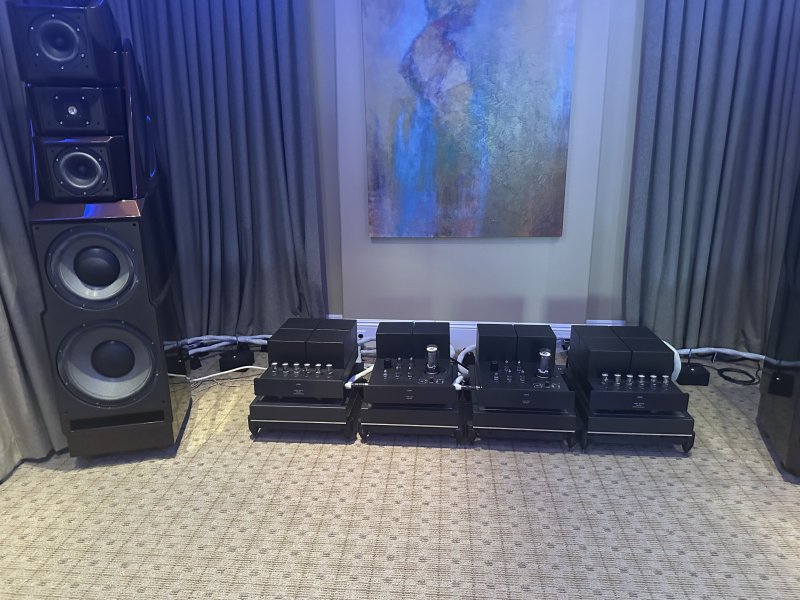
As I said, these protectors add nothing to the sound but rather it is all about what they remove. These protectors are a must try in every system. The rewards are indescribable except to coin a phrase …. everything sounds natural. PRAT also comes to mind. The sense of reality and presence truly is as natural as I’ve ever heard
Again this is not a tweak but rather an essential part of any audible system
Up next and soon to arrive is the Allocator to put the icing on the cake, or so I hope Stay tuned …….
Steve Williams
(What’s Best Forum 09/2024)

